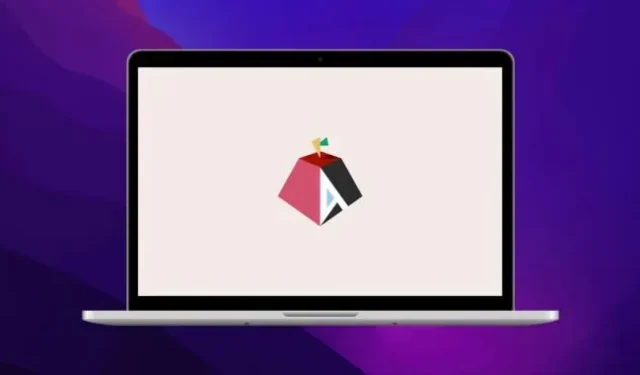Asahi Linux is a reverse engineering of Apple Silicon support including M1 Ultra.

Apple Silicon Macs have received mostly rave reviews for their speed, power efficiency, and the technical advances they represent – the chips are larger phone processors that can perform as well as or better than comparable Intel chips while using less power.
But the move away from x86 hardware has also made the Mac a little less useful for those looking to run multiple operating systems on their Macs. While you can run ARM versions of Linux and (with reservations and without official support) Windows in virtual machines on Apple Silicon Mac computers, Apple does not support running alternative operating systems directly on top of the hardware. Apple does not distribute drivers for other operating systems, and the removal of x86 processors and widely supported Intel and AMD GPUs makes it harder for other developers to step in and provide these drivers.
This is where the Asahi Linux project comes in. For months, a small group of volunteers have been working to get this Arch Linux-based distribution to run on Apple Silicon Mac computers, adapting existing drivers and (in the case of the GPU) painstakingly writing their own. own. And the work is paying off – last week the team released its first alpha installer to the public, and since yesterday the software has been supporting the new M1 Ultra in Mac Studio.
An impressive list of hardware is already running in the current alpha, including Wi-Fi, USB 2.0 via Thunderbolt ports (USB 3.0 only works on Macs with USB-A ports, but USB 3.0 via Thunderbolt is “coming soon”), and an integrated display. But important features are still missing, including DisplayPort and Thunderbolt, webcam, Bluetooth, sleep mode, and GPU acceleration. However, in terms of GPU acceleration, the developers say the M1 is fast enough that a software-rendered Linux desktop feels faster on the M1 than a graphics-accelerated desktop on many other ARM chips.
Asahi developers don’t think the software will be “done”with all the basic hardware and features of the M1 series supported and working out of the box, “one more year, maybe two “. By then, Apple will likely introduce another generation or two of M-series chips. But the developers hope that much of the work they’re doing now will continue to work on future generations of Apple hardware with relatively minimal effort.
Both on their wiki pages and in status updates, the developers note that Apple is surprisingly committed to backwards compatibility with its silicon. Some low-level components, such as the interrupt controller and UART hardware, trace back to the original iPhone and the PA Semi, a company that Apple acquired to jump-start its mobile chips in 2008. In particular, M1 Pro/Max/Ultra processors, but new interfaces should not change again for a long time.
The Asahi team wants their work to move upstream into the Linux kernel and elsewhere, and then seep back into other distributions over time. The 5.13 Linux kernel added basic M1 Mac support based on the work of the Asahi team, and the M1 PCIe driver was included in version 5.16 (other bits including M1 Pro and Max support were submitted for review). This means that once Asahi is fully operational on M1 Macs, we hope other distributions will not be too far behind.
If you want to try Asahi Linux on an M1 Mac, the current installer runs from the command line and requires “at least 53 GB of free space”to install with the KDE Plasma desktop. Asahi only needs about 15 GB, but the installer requires you to leave at least 38 GB of free space to install macOS so that macOS system updates don’t get interrupted. From there, dual boot should work similar to the process on an Intel Mac, with the alternate OS visible from the boot drive or boot selector you can launch when you start your Mac. Future updates should be installed from your new Asahi Linux installation and should not require a fresh install.
Leave a Reply